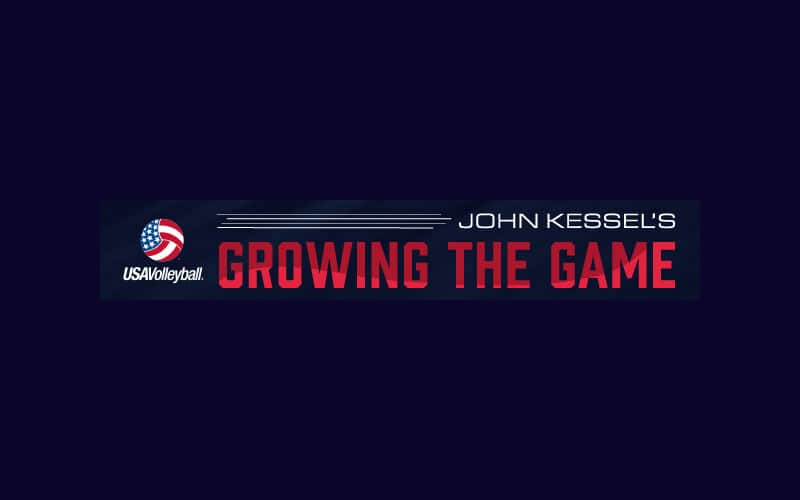
There are longtime players who reminisce about the way volleyball used to be played in the days of sideout, not rally, scoring.
I can remember competitions that started at 8 a.m. and went until 4 a.m. the next day, or speaking to parents about their child still playing in an event after midnight. Sideout scoring, when you only got a point when you served, sometimes meant the score would still be 0-0 after 10 minutes of play. Still, players fondly remember those battles and even play the game by “old school” rules.
A doctor friend listened to my frustrations in the ways coaches keep teaching the way they were taught. Many coaches don't think they need to attend clinics. They feel they are already good coaches because they either played (no matter the level) or have watched the game.
As we observed these coaches who either lacked any formal training or have not taken time to follow the latest research, he said, “If I practiced medicine the way I did just 10 years ago, I would be sued for malpractice.”
Then we sat and watched who coached by making kids run after losses or do push-ups during a match after an error.
We looked at another court where the coach acted disgusted and slammed his clipboard as if the players’ below-average performance was somehow done on purpose and a personal insult to their coaching "expertise."
Behind us was another court where we heard a coach yelling at her young players about not caring enough to win and for missing so many "stupid serves."
What will it take for these coaches to get with the times and be teachers rather than a sports talk commentators and to give specific, positive feed-forward? To “coach,” in the roots of the word, means taking valuable cargo from one place to another SAFELY.
Some of them may not know about the U.S. Center for SafeSport, but I will share it here - safesport.org - because all athletes, coaches and parents should know about it.
I could pull anyone off the street to coach players who love the game; the ones who come in early and stay late and do the extra homework. That is not the sign of a good coach.
It's what they do with the weakest link on their team and how far they can move that bottom player on the team toward excellence. It’s how many of their players play the NEXT season, after their coaching. It’s how the coach passes along a love of the game. It’s how well the players are guided to discover the answers on their own, rather than being told what to do. It’s how a coach develops the relationship between the athletes.
I wonder how these same coaches teach animals who don't talk. I've addressed what some great animal trainers do in the blogs Coaching the Human Animal and in Quantum Hoops II. Old coaching peers tell me that I need to share again my article from 20 years ago titled How to Wreck a Player. So click on the link to get a look at how things were being viewed two decades ago.

